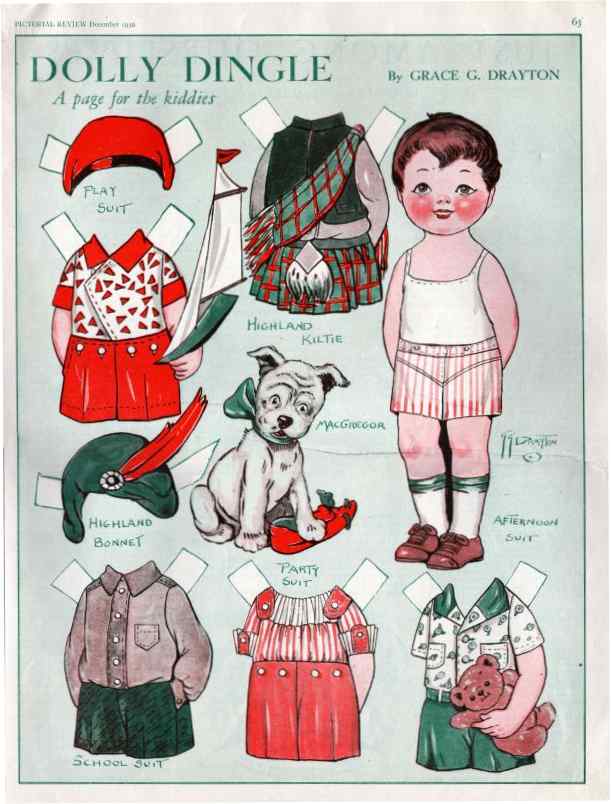
Figure 1.--There was a series of foreign Dolly Dingel cutouts. This one was for Scotland. It appeared in the December 1930 issue of 'Pictorial Review'. Notice that it was done in a two-color printing rather than full color. |
|
A popular feature in the Pictorial Review was the Dolly Dingel paper dolls. It was a little treat mothers could give to their daughters. The feature was picked up by Ladies Home Journal after the demise of the Pictorial Review in 1937. The illustrator was Grace Drayton (1876- ). If Dolly and her fiends look a lot like the Cambell Kids, it is because it was Drayton who created them. Grace Gebbie was born in Philadelphia, Pennsylvania (1876). Her father was an art publisher. She thus grew up in the art world and found she had artistic talents of her own. With important contacts readily available, she expeienced success as an illustrator at a young age. Her first work was published (1895) Shortly after that she married Theodore Wiederseim. Wiederseim had an advertising firm which specialized in street car ads. Landing a meetuing with Canbell Soup executives, he asked his wife ro draw some sketches. Thus the Cambell kids were born. She continued to do magazine illustrations. She created Dolly Dingel (1913). Dolly was for the popular woman's magazine, Pictorial Review. Dolly with the same shoe-button eyes as the Cambel kids were an instant success with little girls and their mothers. Drayton over a 20 year period created more than 200 paper dolls. When she ran out of outfits for Dolly, she created friends she could costume. The most important was Billy Bumps, but there were many others (Joey, Teedie, Sammy, Tottie, Robin, Grace Harriman, and others.
One popular variant of American clothes was outfitting Dolly and her friends in foreign themed outfits which was done as apart of trips around the world. Here new foreign charactrs were added (Beppo and Prince Dalim Kumar). This added a bit of adventure to the series. Few Americans at the time traveled abroad.
The Dollg Dingel features were at first done in full color. As an economy measure, the magazine switched to a two color series (1926). You can see the two-color version in the Scottish themed page here (figure 1).
Navigate the Historic Boys' Clothing Web Site:
[Return to the Main paper doll page]
[Return to the Main Pictoral Review page]
[Return to the Main illustrator page]
[Introduction]
[Activities]
[Biographies]
[Chronology]
[Cloth and textiles]
[Clothing styles]
[Countries]
[Topics]
[Bibliographies]
[Contributions]
[FAQs]
[Glossaries]
[Images]
[Links]
[Registration]
[Tools]
[Boys' Clothing Home]